
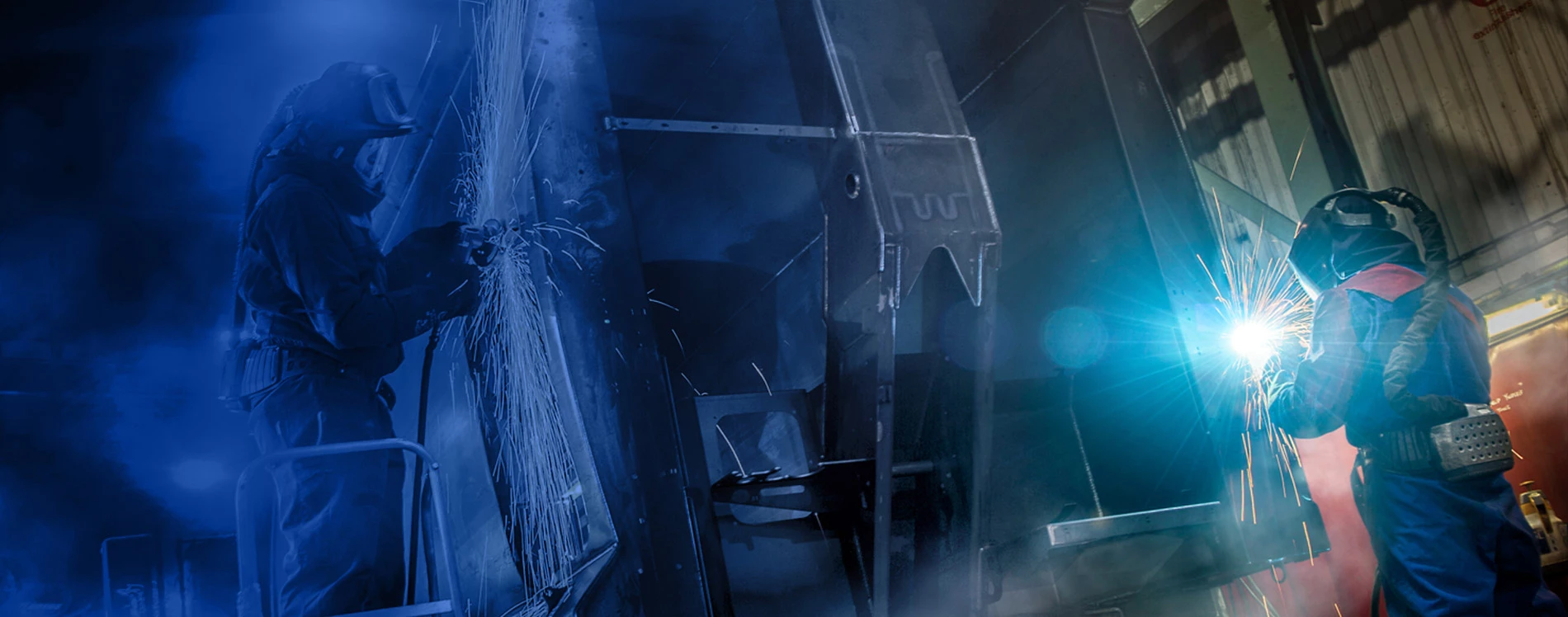
Olympus: Building The Benchmark
The choice of waste collectors around the world, our Olympus compaction body range can be found hard at work in locations such as London, Hong Kong, Sydney, Istanbul, Singapore and Paris.


The choice of waste collectors around the world, our Olympus compaction body range can be found hard at work in locations such as London, Hong Kong, Sydney, Istanbul, Singapore and Paris.
Successor to the Phoenix and Phoenix 2, the Olympus was introduced in 2009 and our manufacturing centres in Warwick, central England and Tàrrega, north-east Spain have built well in excess of 20,000 units to date. The Olympus body can be mounted on a wide range of truck chassis, whether on our Dennis Eagle Elite or a third party chassis, and can then be configured with a (preferably) Terberg bin lift system to create an efficient Refuse Collection Vehicle (RCV).
Terberg Environmental is unique in producing chassis, bodies and bin lift systems all in-house, this enables us to offer our global customers highly optimised products that fit their requirements exactly, we are flexible where required and understand that sometimes customers or local conditions demand incorporation of third-party equipment.
Olympus' side panels are constructed from high tensile steel in a single piece which helps reduce the weight of the body, resulting in a higher payload and improved fuel economy. Olympus has to operate in variable environments 'worldwide and which means us providing a solution for every application. Olympus is therefore available in capacities from 10 m³ to 29 m³ and in two widths. Additionally the body is available in single or a dual chamber ‘Twin- Pack’ configuration for segregated collections with a third refuse fraction possible via an optional ‘pod’ between cab and body. Such flexibility helps deliver efficient operations with the minimum number of vehicles.
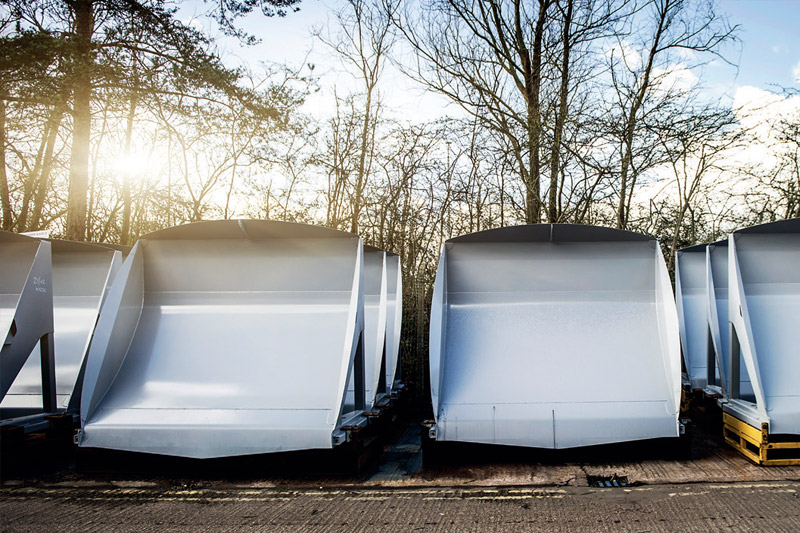
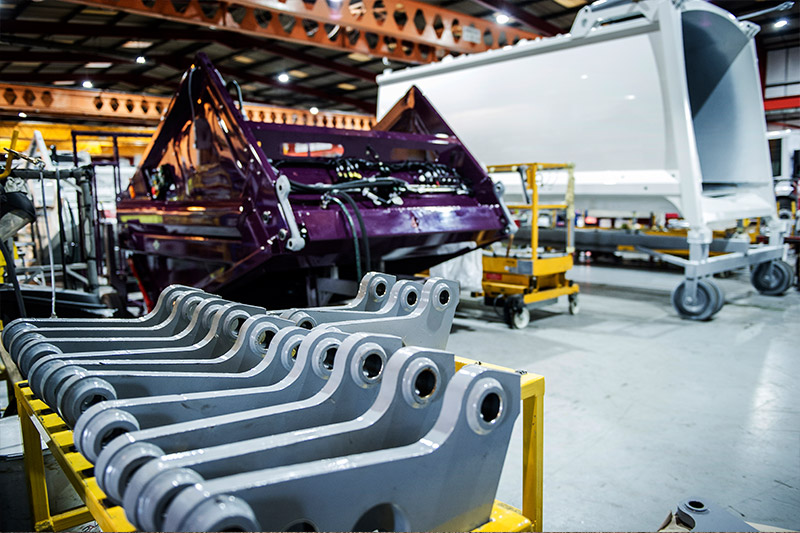
Some customers operate in historic city centres or rural areas, with narrow roads or streets, for these applications they prefer our narrow Olympus body that allows a vehicle width of 2.25 m instead of the standard 2.55 m. Additionally, we also offer the 2.0 m wide Olympus Mini for mounting on smaller 7.5 to 11 tonne truck chassis, these compact solutions are used from Cornwall to Hong Kong.
Olympus is compatible with Terberg and third-party bin lift systems for domestic and commercial collections, with a low rave rail version to facilitate manual loading of bulky items. The keel-shaped body and liquid sump effectively separate refuse leachate to minimise vehicle corrosion and spillages. After loading, the refuse is compacted by a reciprocating blade.
The hydraulic cylinders used for compaction, tipping off and raising the tailgate are positioned to protect from damage and to allow safe and simple maintenance. What might seem like small details improve reliability and are the result of decades of experience.
Our manufacturing centres in Warwick (Dennis Eagle) and Tàrrega (Ros Roca) may be a few thousand kilometres apart, but they employ identical production and quality management systems to ensure efficiency and consistent quality. The production process starts by reviewing the order details to verify that all required information is available. Our manufacturing partners then cut and shape the high tensile steel for the body and tailgate. We assemble and weld these in our fabrication shops then shot-blast and paint the bodies inhouse. Next, hydraulic and electrical components are fitted before the Olympus body is fitted to the chassis and if required, the bin lift system to the tailgate. We have stringent quality checks at each stage and also perform an extensive Pre- Delivery Inspection (PDI) of each unit. Finally, the vehicle is shipped to the customer, TRRG subsidiary or approved dealer.
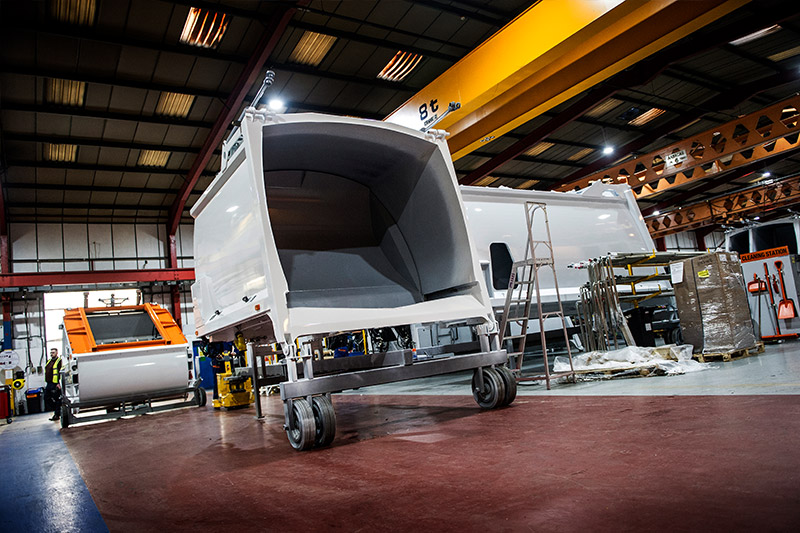
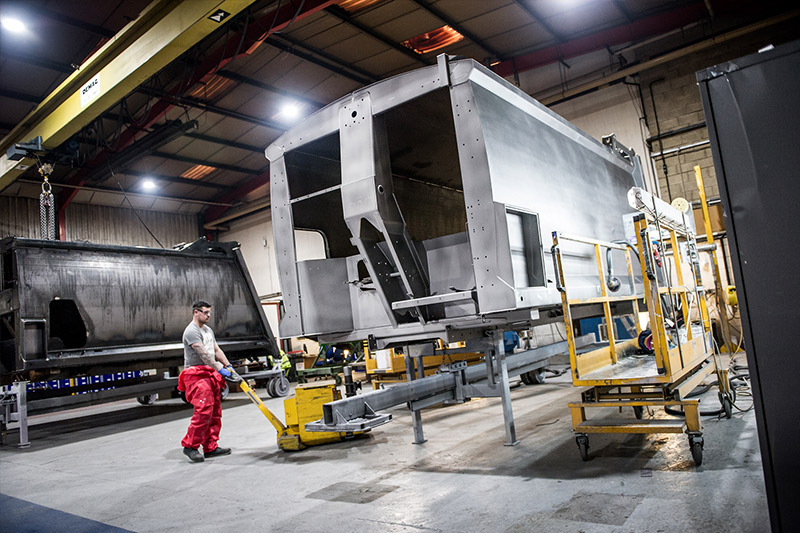
Sustainability is one of TRRG’s core values, we commit to it very seriously and the ethos of it runs through all of our subsidiaries including Warwick and Tàrrega, encompassing both operations and the use of our products. Ecodesign, based on the ISO 14006 standard, is integral to our design processes and we are aiming to become part of the circular economy.
Obviously fuel efficiency (or zero fuel in the case of our eCollect eRCV), ease of repair and long service life of our products helps to reduce their environmental impact. Sustainability initiatives around our business also includes simple things like providing water fountains and bamboo fibre cups to avoid the use of plastic cups and bottles.
Our facilities at Warwick and Tàrrega export complete vehicles conforming to CE standards worldwide, additionally, Tàrrega supplies non-CE vehicles, partly assembled bodies and flat-pack kits. Such kits are assembled and mounted on chassis by our local approved dealers. These units are assembled, finished and inspected to the same quality standards as in our manufacturing centres. Our Global Markets Technical team travel all over the world to support our local partners with meeting these quality standards as and when travel restrictions allow.
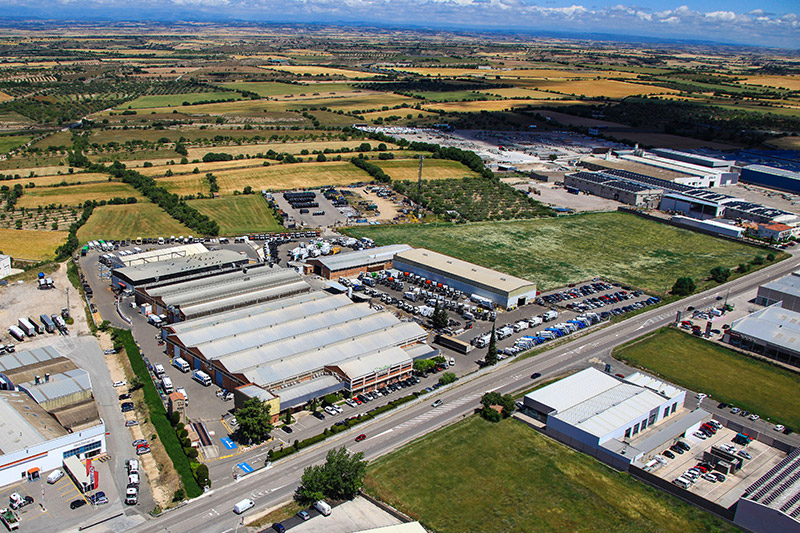
Jaume Sucarrats, Production Manager: "Our factory opened in 1953 and now covers 40,000 m². We have around 350 employees who produce over 1000 RCVs and 200 bin washing units every year. We serve customers throughout the world and customise our products to their local requirements. Between 2016 and 2020 we have increased our production volume substantially while reducing our emissions significantly. We are also studying the options for further waste reduction and recycling, and other improvements in line with our sustainability values."
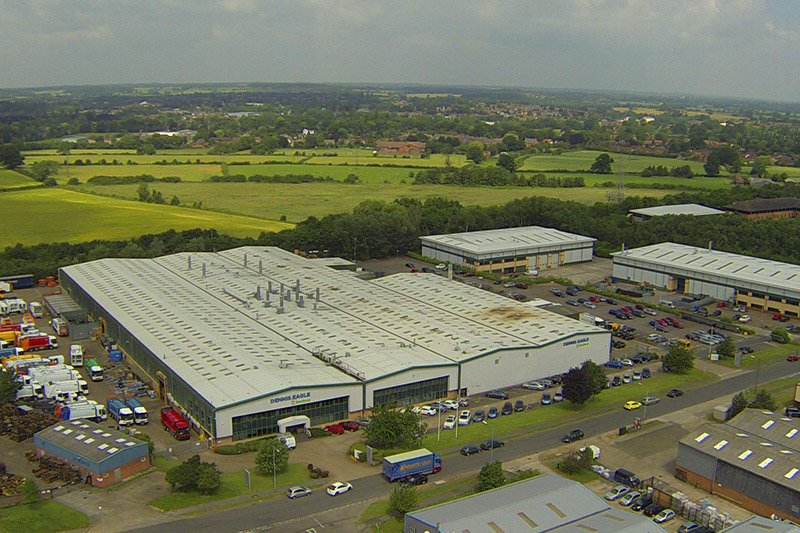
Lee Rowland: "Our plant is in the heart of the UK automotive manufacturing area – The Midlands. Other manufacturers in the region include Jaguar Land Rover and Aston Martin. This site spans around 35,000 m² and produces more than 1000 vehicles per year. Warwick is one of the few factories which builds complete RCVs, including chassis and of course our eCollect electric RCV."
